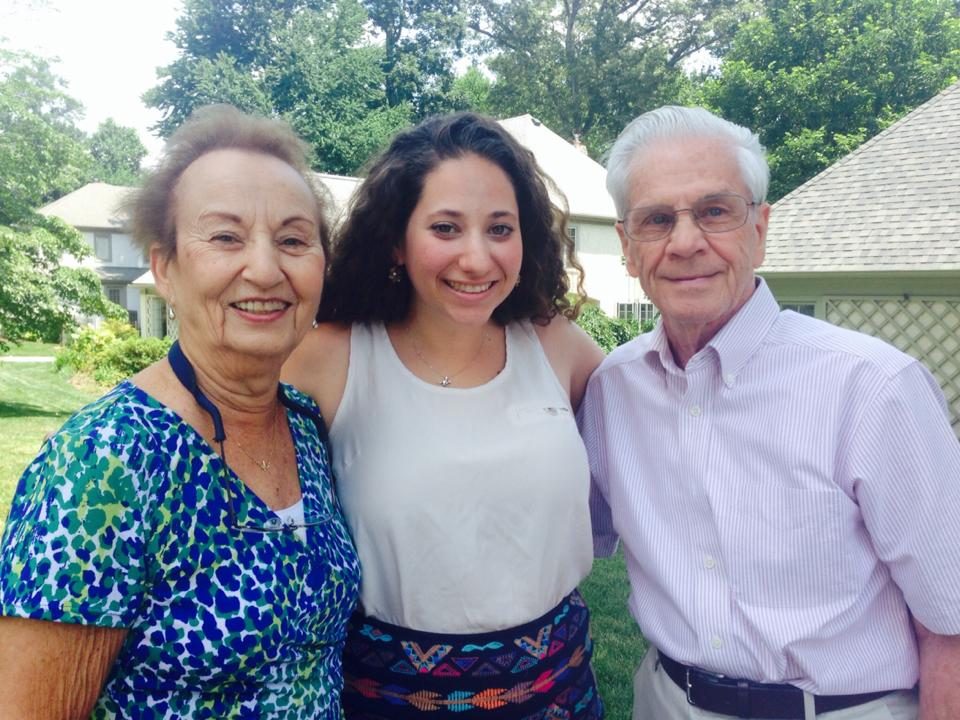
This post is in honor of those who live with dementia and to their care partners. In specific, this article is in memory of my grandfather, Ray Hill, who lived with Alzheimer’s for seven years, and in dedication to my grandmother, Anna Hill, who lovingly cared for him until August of last year.
It is estimated that by 2030, 20 percent of the total U.S. population will be 65 years or older. About five percent of the aging population is edentulous, and this number is expected to dwindle as more older adults are retaining their natural teeth. This group may be placed into one of three broad categories: (1) functionally independent older adults; (2) frail older adults; (3) functionally dependent older adults, according to an article in the Journal of the American Dental Association.
Working with the third group will increase your flexibility to accommodate the physical, sensory and cognitive impairments associated with aging. The demographic of older adults (65 years and older) is increasing and will be a large part of your future dental practice.
Let’s examine a subset of the third category. Dementia is the loss of cognitive functioning ranging from memory, language, visual perception, problem solving, self-management, and the ability to focus and pay attention. It is common in adults over 85 years old but is not considered an aspect of normal aging. The most common cause is Alzheimer’s disease, but there are many other forms.
Here are some tips from the American Dental Association and Alzheimer’s Association to help you best treat patients with dementia.
Ask the patient’s loved one to help attain an accurate medical and dental history. Before the patient arrives, ask for their caretaker to arrive with an updated list of medications. If they do not have an updated list, ask which pharmacy they use and call to obtain one. Once the patient arrives, ask for him or her and their caretaker to come into the examination room. Direct your comments and questions to your patient, but let the caretaker help answer challenging questions.
Give your patient the chance to tell their story. Ask your patient to describe what is going on only one time. Repeating their story to several staff members can be exhausting, especially if they’re in pain. Have your staff actively listen and take notes, or you can listen in the first time it is told. Your attention is important, as you might be the only person that individual engages with that day. Giving them time and allowing your patient to express their concerns builds trust.
Instruct the patient by giving one direction at a time. Patients with dementia may be easily confused when given multiple commands. Rather than asking your patient to sit in the chair, lean back and open their mouth all at once, break it up. Have the patient sit and once comfortably seated, prompt them for their story. After actively listening to their concerns, explain you will lean them back. Once the chair is reclined, do your exam.
Perform a full exam each visit. Treatment of pain depends on communication. Patients with dementia can suffer long-term due to their difficulty communicating. The patient may claim they have no pain or vice versa. Inform their caretaker that refusing to eat or straining faces while eating may be indicative of dental pain. It is important to update their radiographs while patients are still compliant because you may not be able to get them later on.
These three tips ensure that the patient is taking care of their mouth daily and can be shared with caretakers:
- Break down the directions of brushing teeth rather than just saying “brush your teeth.” Instead, say “hold your toothbrush,” “put toothpaste on your brush,” “put the brush in your mouth,” “clean your teeth.” Allow the patient to follow each instruction in between.
- Have the patient hold his toothbrush with toothpaste on it and brush your own teeth while the patient watches. The patient may follow suit. If he doesn’t, it is suggested to assist him by putting your hand on his elbow to guide the brush into their mouth and then instruct them to brush. The patient may then allow you to help them by putting your hand over his. However, don’t push his boundaries. If agitated or combative, wait to brush their teeth later.
- Advise them to use fluoridated rinses. Even rinsing with water after each meal may help. Pour the patient the appropriate amount of mouth rinse and tell them to swish and spit. If the patient appears confused about the directions, show them what you mean by rinsing yourself. Remember to break the directions up into step-by-step instructions.
Both the ADA and Alzheimer’s Association recommend that patients with dementia keep going to the dentist for routine care for as long as possible. This will ultimately keep gum disease and decay to a minimum and prevention at the forefront of care.
~Anna E. Hill-Moses, Tennessee ’19, District 4 Trustee

Download the flash guide for ideas on reaching out to this special population.
From June to August 2018, ASDA’s National Outreach Initiative (NOI) focuses on the unique needs of the growing geriatric population. Launched in summer 2017, the NOI promotes community outreach and raises awareness about the special considerations in caring for underserved populations. The NOI will focus on displaced populations (including the homeless, refugees, migrant workers and natural disaster survivors) from September to November. Veteran populations will be the focus from December to February 2019.
No comments:
Post a Comment